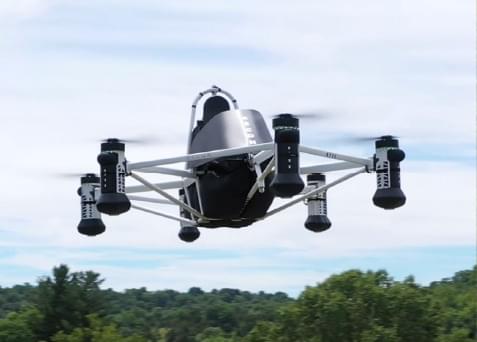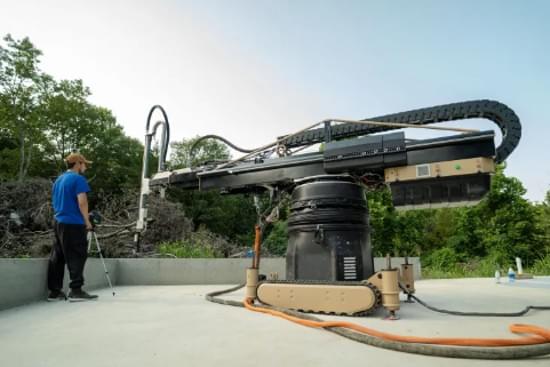This method could be helpful for elderly people.
Our brain has both short-term and long-term memory. While short-term memory helps us with things like remembering the bus number, long-term memory processes information for a long time. However, as we age, our memory does not work as well as it used to.
Electrical brain stimulation for 20 minutes on four consecutive days can improve two different types of memory in individuals 65 years and older for at least one month, a study published in the journal Nature Neuroscience reveals.
According to the study, this method could be beneficial for elderly people to maintain their errands very easily.
Reinhart et al. show that repetitive transcranial alternating current stimulation (tACS) of unique combinations of rhythmic frequency and stimulation locations produces selective and long-lasting improvements in verbal working memory and long-term memory in older adults.




